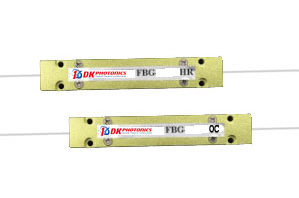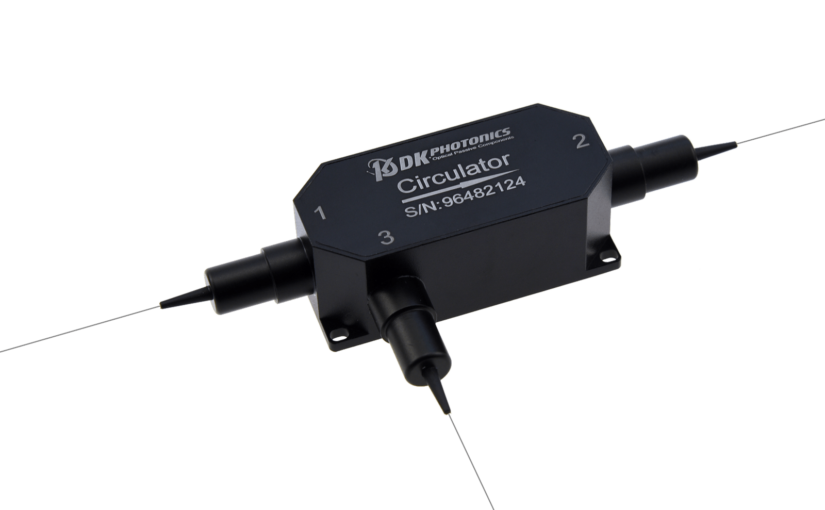A three-port device that directs optical signals from one port to another in a specific order is known as a circulator. The difference between a circulator and a high-power circulator is that the latter handles the high-power optical signals. The high-power circulators are used in the high-power handling applications. Such applications are laser systems, fiber amplifiers and optical communication systems.
Other than this, the high-power circulator separates the incoming and outgoing optical signals while reducing any signal loss. Also, it increases network performance and efficiency.
In modern optical networks, a high-power circulator is very crucial. But, people don’t use it as designed because they are aware of its technical specifications. In this post, we will discuss the technical specifications of a high power circulator, focusing on the 1064nm high-power circulator.
Most common wavelength
As the most common wavelength for high-power circulators, 1064nm wavelength is in the near-infrared region. It is commonly used in optical fiber communication systems. The technical specifications of 1064nm high-power circulators are based on different factors, such as power handling, insertion loss and polarization dependence.
Power handling
One of the most critical technical specifications is power handling, which refers to the maximum power that the circulator can handle without experiencing damage. Typically, the power handling capacity of a circulator is measured in watts. As it’s about the 1064nm high power circulators, the power handling capacity can range from a few watts to several hundred watts. The exact power handling capacity depends on the design and construction of the circulator.
Insertion loss
Another critical technical specification of high-power circulators is Insertion loss. It refers to the amount of optical power lost when the signal passes through the circulator. Insertion loss is typically measured in decibels (dB), and lower insertion loss is always preferred as it leads to higher system efficiency. The insertion loss of 1064nm high-power circulators can vary depending on the specific design and construction of the circulator.
Polarization dependence
An important technical specification of high-power circulators is polarization dependence. It refers to the sensitivity of the circulator to the polarization of the incoming signal. A circulator that is polarization dependent will have different insertion loss values for different polarizations of light. The polarization dependence of 1064nm high-power circulators can vary, but it is typically in the range of a few tenths of a dB.
Isolation between ports
Isolation between ports is another critical technical specification of high-power circulators. Isolation is the measure of how much power is coupled from one port to another port. A high level of isolation between ports is desirable as it ensures that signals do not interfere with each other. The isolation of 1064nm high-power circulators can vary depending on the specific design and construction of the circulator.
Physical dimension
Last but not the least, the physical dimensions of the circulator are also important technical specifications. The size and weight of the circulator can have an impact on the overall design of the optical system. The physical dimensions of 1064nm high-power circulators can vary depending on the specific design and construction of the circulator.
The performance of optical systems depends on the technical specifications of 1064nm high-power circulators. Some of the most important technical specifications that need to be considered when selecting a high-power circulator are power handling, insertion loss, polarization dependence, isolation, and physical dimensions are.
The specific technical specifications of a circulator vary depending on the application and the requirements of the optical system. So, to ensure optimal performance and efficiency in optical systems, it is important to carefully consider the technical specifications of high-power circulators
If you are looking for 1064nm high-power circulators, come to DK Photonics.




